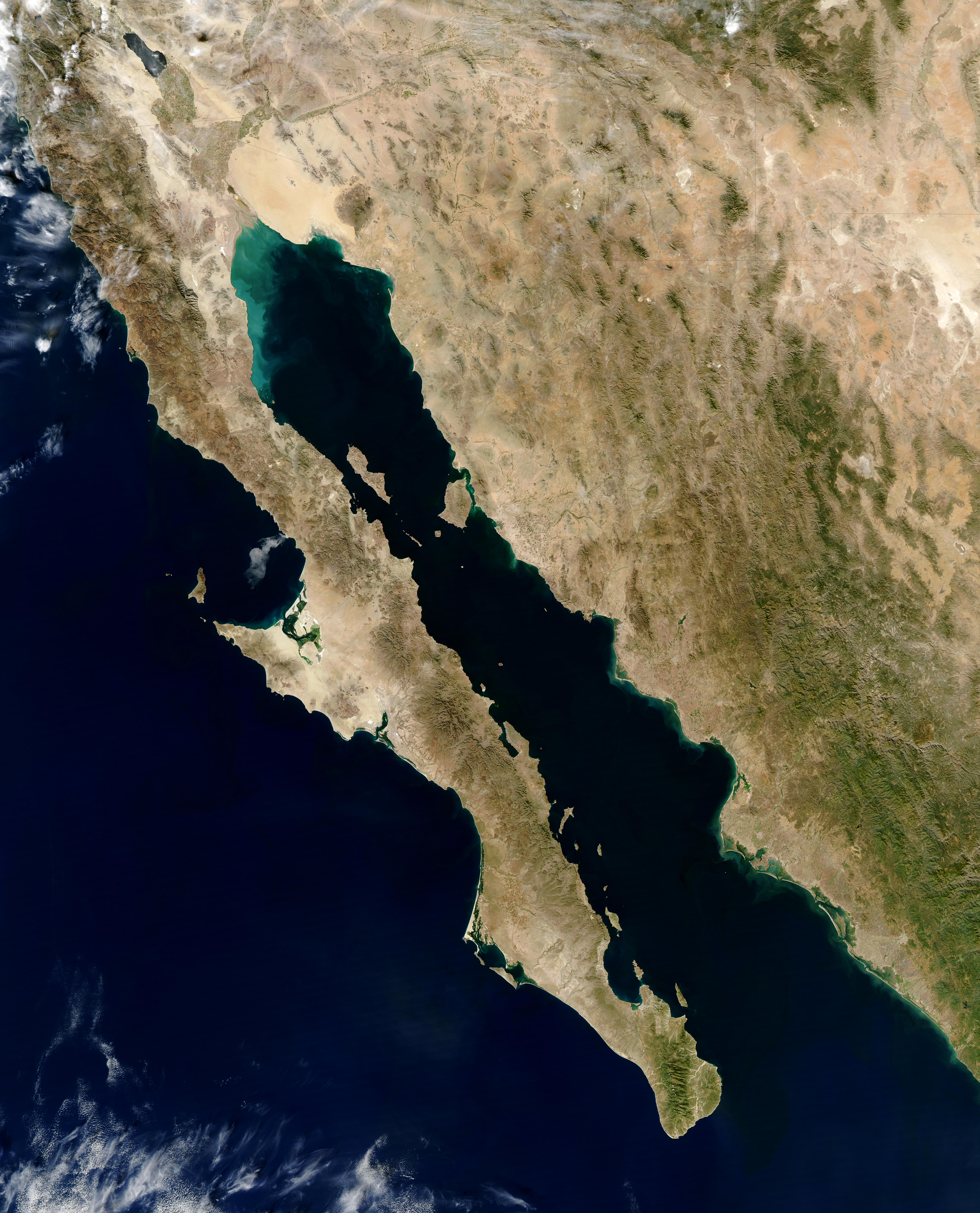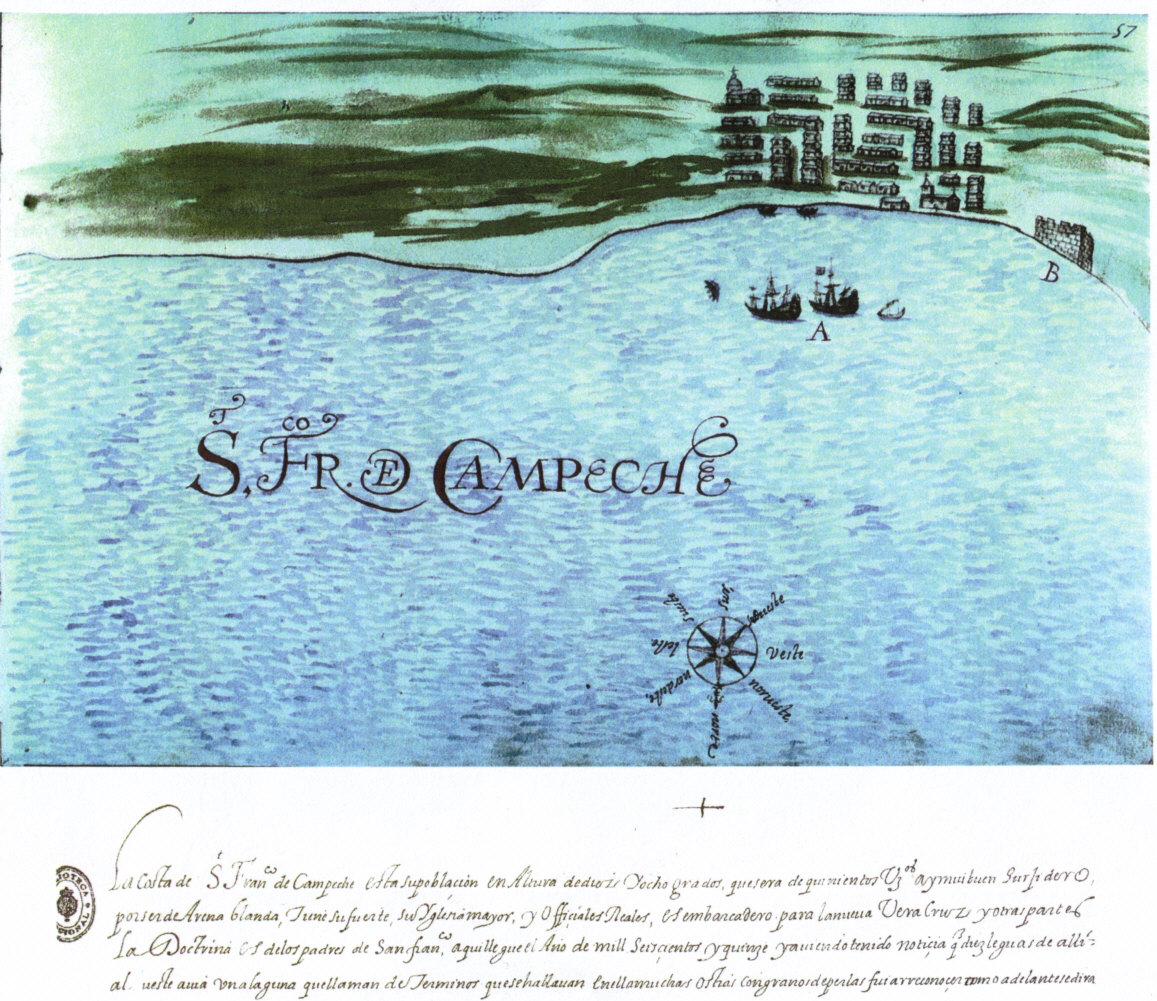|
Isla Santa Catalina
Isla Santa Catalina, officially known as Isla Catalana, is an island in the Gulf of California east of the Baja California Peninsula. The island is uninhabited and is part of the Loreto Municipality. The island is located south of the Gulf of California and is located 25 km from the peninsula of Baja California. It has about 13 km long and 4 km wide maximum with total area of 39.273 square kilometers. ''Isla Catalana'', being uninhabited, is separated by the sea from the nearest town, Loreto, which lies about 60 km away. Official name The official and traditional name of the island is “Isla Catalana”. The confusion was caused by some documents of cartographic service of the United States, that wrote in a chart the name “Isla Santa Catalina”.In some scientific papers, authors use both names. The official Mexican name of Isla catalana, and the one that became internationally spread by error. Biology Flora *''Ferocactus diguetii''. **This pre ... [...More Info...] [...Related Items...] OR: [Wikipedia] [Google] [Baidu] |
Crotalus Catalinensis
The Santa Catalina rattlesnake (''Crotalus catalinensis'') is a species of pit viper endemic to Isla Santa Catalina in the Gulf of California just off the east coast of the state of Baja California Sur, Mexico. Like all other pit vipers, it is venomous. No subspecies are currently recognized. A relatively small and slender species, its most distinctive characteristic is that it lacks a rattle.Campbell JA, Lamar WW. 2004. The Venomous Reptiles of the Western Hemisphere. Comstock Publishing Associates, Ithaca and London. 870 pp. 1500 plates. . They are also a generally nocturnal species. Though the species is classified as Critically Endangered on the IUCN Red List, there few efforts for the snake's conservation. Description This species is relatively slender and stunted, growing to a maximum of in length. Its most distinctive feature is its lack of a rattle. The base of the tail, the "button", has degenerated to such an extent that the rattle immediately falls off with each s ... [...More Info...] [...Related Items...] OR: [Wikipedia] [Google] [Baidu] |
Gulf Of California
The Gulf of California ( es, Golfo de California), also known as the Sea of Cortés (''Mar de Cortés'') or Sea of Cortez, or less commonly as the Vermilion Sea (''Mar Bermejo''), is a marginal sea of the Pacific Ocean that separates the Baja California Peninsula from the Mexican mainland. It is bordered by the states of Baja California, Baja California Sur, Sonora, and Sinaloa with a coastline of approximately . Rivers that flow into the Gulf of California include the Colorado, Fuerte, Mayo, Sinaloa, Sonora, and the Yaqui. The surface of the gulf is about . Maximum depths exceed because of the complex geology, linked to plate tectonics. The gulf is thought to be one of the most diverse seas on Earth and is home to more than 5,000 species of micro-invertebrates. Parts of the Gulf of California are a UNESCO World Heritage Site. Geography History The marine expeditions of Fortún Ximénez, Hernán Cortés, Juan Rodríguez Cabrillo, Francisco de Ulloa, Hernando de Alarc� ... [...More Info...] [...Related Items...] OR: [Wikipedia] [Google] [Baidu] |
Endemism
Endemism is the state of a species being found in a single defined geographic location, such as an island, state, nation, country or other defined zone; organisms that are indigenous to a place are not endemic to it if they are also found elsewhere. For example, the Cape sugarbird is found exclusively in southwestern South Africa and is therefore said to be ''endemic'' to that particular part of the world. An endemic species can be also be referred to as an ''endemism'' or in scientific literature as an ''endemite''. For example ''Cytisus aeolicus'' is an endemite of the Italian flora. ''Adzharia renschi'' was once believed to be an endemite of the Caucasus, but it was later discovered to be a non-indigenous species from South America belonging to a different genus. The extreme opposite of an endemic species is one with a cosmopolitan distribution, having a global or widespread range. A rare alternative term for a species that is endemic is "precinctive", which applies t ... [...More Info...] [...Related Items...] OR: [Wikipedia] [Google] [Baidu] |
Islands Of The Gulf Of California
An island or isle is a piece of subcontinental land completely surrounded by water. Very small islands such as emergent land features on atolls can be called islets, skerries, cays or keys. An island in a river or a lake island may be called an eyot or ait, and a small island off the coast may be called a holm. Sedimentary islands in the Ganges Delta are called chars. A grouping of geographically or geologically related islands, such as the Philippines, is referred to as an archipelago. There are two main types of islands in the sea: continental islands and oceanic islands. There are also artificial islands (man-made islands). There are about 900,000 official islands in the world. This number consists of all the officially-reported islands of each country. The total number of islands in the world is unknown. There may be hundreds of thousands of tiny islands that are unknown and uncounted. The number of sea islands in the world is estimated to be more than 200,000. The t ... [...More Info...] [...Related Items...] OR: [Wikipedia] [Google] [Baidu] |
Islands Of Baja California Sur
An island or isle is a piece of subcontinental land completely surrounded by water. Very small islands such as emergent land features on atolls can be called islets, skerries, cays or keys. An island in a river or a lake island may be called an eyot or ait, and a small island off the coast may be called a holm. Sedimentary islands in the Ganges Delta are called chars. A grouping of geographically or geologically related islands, such as the Philippines, is referred to as an archipelago. There are two main types of islands in the sea: continental islands and oceanic islands. There are also artificial islands (man-made islands). There are about 900,000 official islands in the world. This number consists of all the officially-reported islands of each country. The total number of islands in the world is unknown. There may be hundreds of thousands of tiny islands that are unknown and uncounted. The number of sea islands in the world is estimated to be more than 200,000. ... [...More Info...] [...Related Items...] OR: [Wikipedia] [Google] [Baidu] |
Tomás De Cardona
Map of the Gulf of California included by Nicolás de Cardona, 1632 nephew of Tomás de Cardona, in his report on the trip to the Kingdom of California. Tomás de Cardona, a native of Venice who lived in Seville during the 17th century, was a business entrepreneur and a favorite at the Spanish royal court. With his partners Sancho de Meras and Francisco de la Paraya, he invested in a company formed to exploit the pearl fisheries in California.Historia general de España y América, Volum 9, Part 2, pàgina 110 Exploration and enterprise Encomienda from Phillip III for the enterprise Cardona, Merás and Paraya, all of whom were residents of Seville, petitioned the Spanish Crown for permission to voyage to the pearl fisheries of California and harvest pearl oysters using their vessels and certain implements in their possession they claimed would enable them to collect pearl oysters from depths of twenty-five to fifty fathoms, i.e., . In 1611 Tomás de Cardona was granted an "e ... [...More Info...] [...Related Items...] OR: [Wikipedia] [Google] [Baidu] |
Nicolás De Cardona
World map included by Nicolás de Cardona in his report about the trip to the Kingdom of California. It shows California as an island. 250px, Original Chart of San Francisco de Campeche by Nicolás de Cardona, 17th century, towards 1620. From Archivo de Indias, Seville Spain. Nicolás de Cardona was a Spanish entrepreneur and adventurer with residence in Seville, who was involved in the exploration of the Western coast of the North American continent In 1610, Nicolas sailed from Spain to the Americas, as a captain in the fleet of General Juan Gutiérrez de Garibay. Nicolas commanded six ships together with Captain Francisco Basilio. On 13 August 1611 a concession for the exploitation of pearl fishing along the California coast, previously held unsuccessfully by Sebastián Vizcaíno, was given to Tomás de Cardona (the uncle of Nicolás), Sancho de Merás, and Francisco de la Paraya, all Sevillans. Nicolas was put in charge of the exploration. He went to Acapulco end of 1614 ... [...More Info...] [...Related Items...] OR: [Wikipedia] [Google] [Baidu] |
Uta Squamata
The Isla Santa Catalina side-blotched lizard (''Uta squamata'') is a species of lizard. It is endemic to Isla Santa Catalina in the Gulf of California, Mexico Mexico ( Spanish: México), officially the United Mexican States, is a country in the southern portion of North America. It is bordered to the north by the United States; to the south and west by the Pacific Ocean; to the southeast by Guate .... This species of lizard can be as long as 2.2 inches. References Uta Lizards of North America Endemic reptiles of Mexico Reptiles described in 1919 Taxa named by Mary Cynthia Dickerson {{Lizard-stub ... [...More Info...] [...Related Items...] OR: [Wikipedia] [Google] [Baidu] |
Sceloporus Lineatulus
''Sceloporus lineatulus'', the Santa Catalina spiny lizard, is a species of lizard in the family Phrynosomatidae. It is endemic to Isla Santa Catalina in Mexico Mexico ( Spanish: México), officially the United Mexican States, is a country in the southern portion of North America. It is bordered to the north by the United States; to the south and west by the Pacific Ocean; to the southeast by Guate .... References Sceloporus Endemic reptiles of Mexico Reptiles described in 1919 Taxa named by Mary Cynthia Dickerson Fauna of Gulf of California islands Endemic fauna of the Baja California Peninsula {{lizard-stub ... [...More Info...] [...Related Items...] OR: [Wikipedia] [Google] [Baidu] |
Phyllodactylus Bugastrolepis
The Catalina Island leaf-toed gecko (''Phyllodactylus bugastrolepis'') is a species of gecko. It is endemic to Isla Santa Catalina in Gulf of California, Mexico Mexico ( Spanish: México), officially the United Mexican States, is a country in the southern portion of North America. It is bordered to the north by the United States; to the south and west by the Pacific Ocean; to the southeast by Guate .... References Phyllodactylus Endemic reptiles of Mexico Reptiles described in 1966 {{gecko-stub ... [...More Info...] [...Related Items...] OR: [Wikipedia] [Google] [Baidu] |
Lampropeltis Catalinensis
''Lampropeltis catalinensis'', commonly known as the Santa Catalina kingsnake, is a species of nonvenomous snake in the family Colubridae. It is found on Isla Santa Catalina in Mexico Mexico ( Spanish: México), officially the United Mexican States, is a country in the southern portion of North America. It is bordered to the north by the United States; to the south and west by the Pacific Ocean; to the southeast by Guate .... References * {{Taxonbar, from=Q81851601 Lampropeltis Endemic reptiles of Mexico Reptiles described in 1921 Taxa named by John Van Denburgh Taxa named by Joseph Richard Slevin ... [...More Info...] [...Related Items...] OR: [Wikipedia] [Google] [Baidu] |
Dipsosaurus Catalinensis
''Dipsosaurus catalinensis'', the Catalina desert iguana, is a species of lizard in the family Iguanidae. The species is native to Isla Santa Catalina in Mexico Mexico ( Spanish: México), officially the United Mexican States, is a country in the southern portion of North America. It is bordered to the north by the United States; to the south and west by the Pacific Ocean; to the southeast by Guate .... References {{Taxonbar, from=Q108631680 Dipsosaurus Endemic reptiles of Mexico Fauna of Gulf of California islands Reptiles described in 1922 Taxa named by John Van Denburgh Endemic fauna of the Baja California Peninsula ... [...More Info...] [...Related Items...] OR: [Wikipedia] [Google] [Baidu] |



.jpg)


